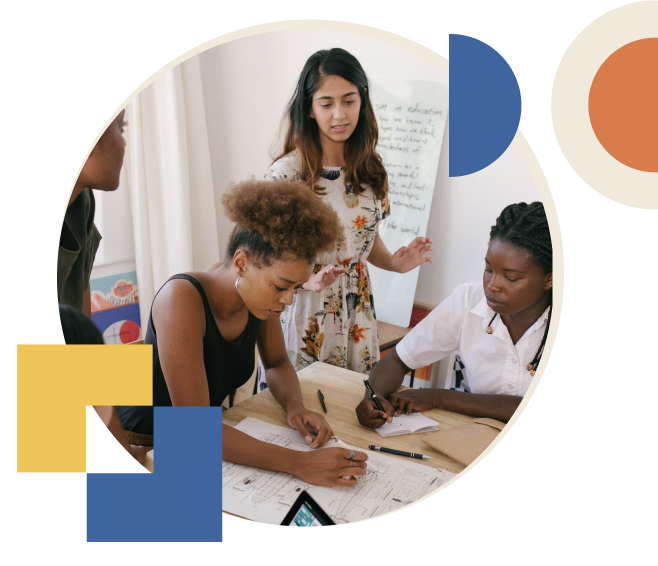Closing the racial wealth gap through ownership
 Authored by: Zoe Schlag, Serial Entrepreneur and JUST Board Member
Authored by: Zoe Schlag, Serial Entrepreneur and JUST Board Member
Most of my best decisions have come out of existential dilemmas. Or rather, most of my best decisions have come from deciding to stop running away from existential dilemmas and address them head on.
I’ve been in the impact investing world for nearly a decade, and throughout that time I’ve faced several complex questions about how to create systemic change while driving a competitive financial return for investors.
However, the question that has stalked me the longest -- and the one that continues to pop up largely unanswered in my work in the impact investing world -- is around the models we use to help low income communities build intergenerational wealth.
Most folks are aware of how quickly wealth inequality is rising in the United States, with the top 1% of Americans owning over 30% of all household wealth in the US. This is the headline number that folks seem to fixate on, but I think it misses the point, because the remaining wealth isn’t evenly distributed; rather, today, the bottom 50% of Americans own less than 2% of American wealth.
In fact, over the last fifty years, worker wages have either stagnated or decreased, even as the stock market and economy have grown.
While the reasons for rising wealth inequality are complex, my belief is this is due in large part to the asset divide: namely, the way to build intergenerational wealth in America is through ownership, not wages. Which brings me to my existential dilemma: what if the products and services we are building in the impact world aren’t enough on their own?
If we are going to create systemic change, what if we need to look under the hood at the actual ownership of the assets in our communities?
Like I said, some of my best decisions have come from confronting existential dilemmas, and in 2020 this came in the form of joining JUST’s board. Over the last several months, we’ve begun to ask deep questions about the role ownership should play in our work and in our community: what would ownership mean to our clients? What would it take to build an on-ramp for them into the ownership class?
And big picture -- how would our communities change if our community members weren’t just consumers and tenants, but owners of their community’s assets?
Designing with, by and for our clients has always sat at the center of our approach at JUST, and as we grow, we believe this applies not just to our products and services, but to ownership too. Ownership doesn’t just represent economic upside; it represents opportunity, voice, participation and dignity.
Today’s reality is one where most Americans remain locked out of the ownership class, but at JUST, we are beginning to explore how we can reimagine a different future -- one where the members of our community can be clients and leaders as well as owners and stewards of their community assets.

